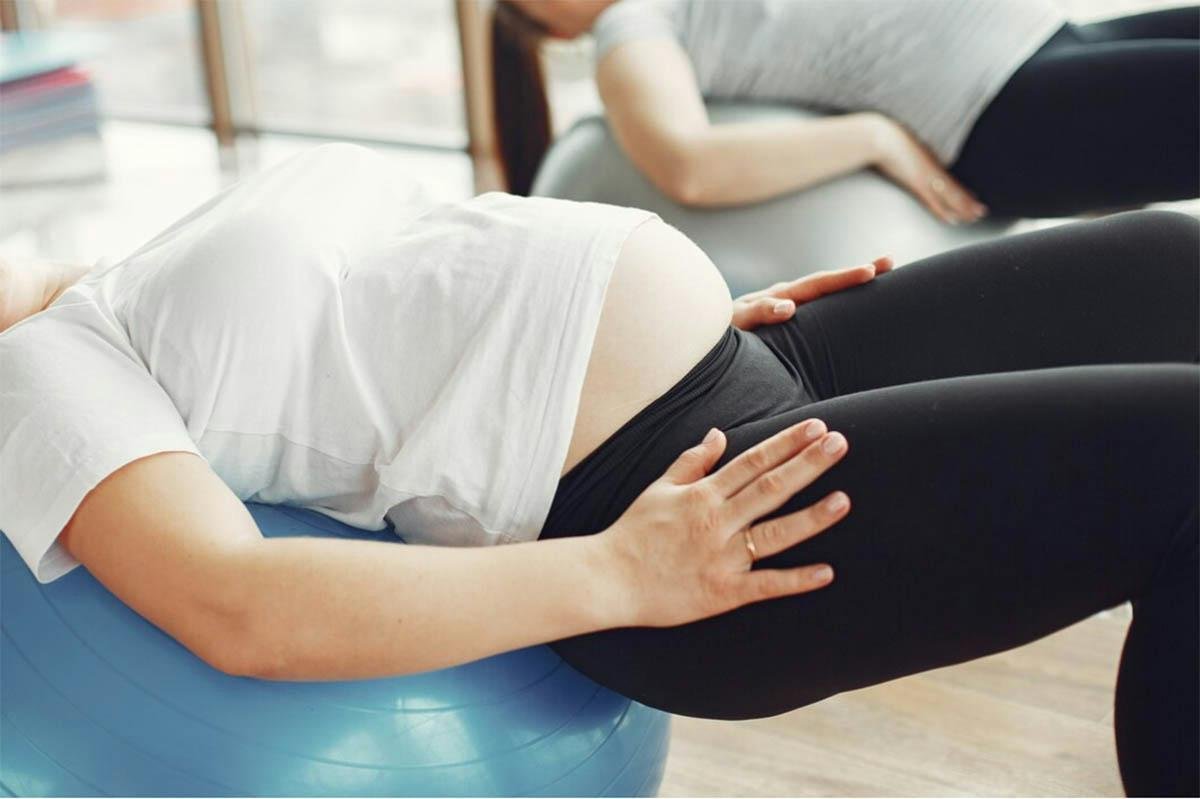What Happens to the Pelvic Floor During Childbirth?
During pregnancy, you’re likely preparing the nursery and your home for the arrival of your sweet baby. While this is an exciting time to imagine how perfect your home will be for your baby, it is also a time to consider what happens to the pelvic floor during childbirth. This is an area of your body that deserves preparation as well.
Your body is visibly stretching and changing externally to accommodate the growing baby. What you can’t see are the changes that are happening within your pelvic floor to prepare for your baby’s exit. Take the time to learn and discover how amazing your body is during pregnancy and childbirth.
At Pillar Physio– Georgetown, Texas, we pride ourselves on providing women with the best care for their pelvic floor. From fertility to pregnancy, postpartum, and beyond, we can help you live a life with lasting relief.
Related: The Benefits of Pelvic Floor Exercises During Pregnancy
3 Changes to the Pelvic Floor During Childbirth
The remarkable things that happen to your pelvic floor during childbirth may surprise you. Read below for the common changes you could experience.
Stretching
There are many muscles and ligaments that form the pelvis. During childbirth, these muscles have to stretch in order to make room for your baby to pass through the birth canal. The hormone released during pregnancy is known as relaxin, which helps with the stretching of these muscles and ligaments.
As you can imagine, these muscles and ligaments are pushed to extremes during childbirth. There is no other point in your life where these muscles will need to stretch this much. However, your body is made for this! Everything works together to help bring your baby into this world.
Spreading
The bones that make up your pelvis include two hip bones, the sacrum, and the coccyx. These bones need to spread apart and become moveable during childbirth. The pressure of the baby’s head during late pregnancy coupled with the hormone changes that occur all encourage these bones to spread apart.
The position in which you give birth will also encourage the spreading of the pelvis bones. It’s important to speak with your provider about the best positions for your body to give birth that won’t cause additional discomfort for you.
Related: 6 Exercises To Prevent Diastasis Recti
Potential Tearing
There is always a risk of tearing during a vaginal delivery. While your body functions to safely birth your baby, sometimes things move quickly, and tearing can happen.
Tearing happens in the perineum, which is the area between your vulva and anus. If the baby’s head is larger than what the vagina can stretch around, tearing can occur. Thankfully, there are ways to help decrease the possibility of tearing.
How to Prepare Your Pelvic Floor for Birth
Learning what happens to your pelvic floor during childbirth is just one of the things you can do to prepare yourself for birth. Take a look at ways you can prepare your pelvic floor for birth.
Start Pelvic Floor Therapy
For optimal results, start pelvic floor therapy during pregnancy. This will give you the best chance of preparing your pelvic floor for the biggest job it will ever do: childbirth. Your specially trained and educated pelvic floor therapist will help you learn strategies and exercises that are safe to do during pregnancy that will be beneficial.
When you begin pelvic floor therapy, you will go through an assessment beforehand so that your therapist can tailor a treatment plan specific to your needs and goals. This is the time for you to learn even more about the pelvic floor during childbirth. Your pelvic floor will thank you for taking the time to prepare it for childbirth.
Related: What are Pelvic Floor Disorders and How to Treat Them
Perform Perineum Massages
Perineum massages are helpful in stretching out the perineum area. As mentioned above, the perineum can tear during childbirth. However, if you perform regular perineum massages, you can decrease your chances of tearing.
You can give yourself perineum massages, or you can partner with a pelvic floor therapist to help do this for you. Pelvic floor therapy is more than just trying to fix problem areas. It is also good for preventative care. Your pelvic floor therapist can help you have the best outcome for childbirth.
Engage in Prenatal Yoga
Yoga is a great way to stretch and help your body become flexible. The more you participate in yoga, the more flexibility your body becomes. The same concept applies to prenatal yoga and the pelvic floor.
The more time you spend stretching your hips and muscles around your pelvic floor, the better your chances are of being flexible in childbirth. Give your body the best chance during the most traumatic event it will face.
Related: 7 Benefits of Pelvic Floor Therapy After Birth
Take a Birth Prep Class
A birth prep class is helpful to learn what happens to the pelvic floor during childbirth. You can also gain insights into the anatomy of the pelvic floor and how to cope with the transitions that occur during labor and delivery.
In this birth prep class, the instructors often teach expecting mothers the best birthing positions to help with pain management as well as working with your pelvic floor to deliver your baby. In addition, a birth prep class can help you focus on your breathing, which is a crucial part of learning how to take care of your pelvis now and in the future.
The Pelvic Floor Has a Big Job During Childbirth
It’s not just about doing Kegels after birth and hoping you won’t pee yourself in public. Your pelvic floor has a big job during pregnancy and childbirth. It’s important that you take your time to learn and discover how to prevent damage to your pelvis during childbirth.
At Pillar Physio – Georgetown, Texas, we believe in every woman’s right to have a healthy pelvic floor. That’s why engaging in pelvic floor therapy while pregnant is crucial.
Contact us today to schedule your assessment with one of our dedicated pelvic floor therapists. Your health, safety, and comfort are important to us. Experience the Pillar Physio way!



